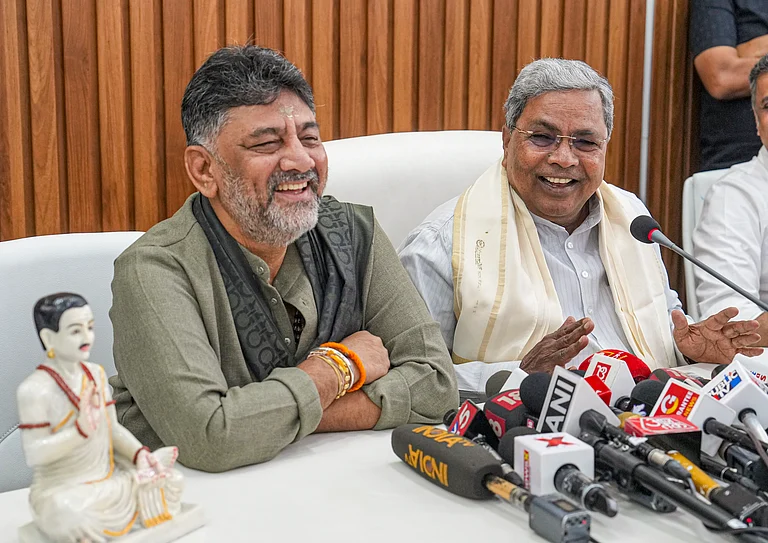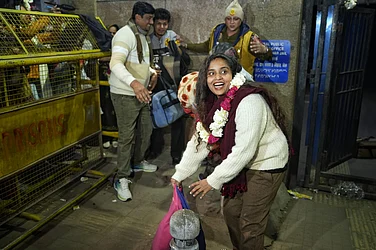The technique of carbon dating has re-emerged at the centrestage in an ongoing controversy pertaining to the discovery of an alleged ‘Shivling’ within the premises of the Gyanvapi mosque in Varanasi.
After a court-ordered videography survey confirmed the object’s presence in the mosque, four of the five petitioners from the Hindu side filed a suit demanding its carbon dating to determine its age. This plea has, however, been dismissed by the Varanasi district court on Friday. Here’s a look at what carbon dating is and why it has been cited in the Gyanvapi row.
What is carbon dating?
Carbon dating, or radiocarbon dating is simply a technique deployed by archaeologists to ascertain the age of organic objects up to 50,000 years old. This method has helped historians to acquire knowledge about past civilizations, changes in the earth, and in the climate.
The basis of radiocarbon dating is simple: all living things absorb carbon from the atmosphere and food sources around them, including a certain amount of natural, radioactive isotope of carbon referred to as carbon-14. Natural processes such as photosynthesis and respiration aid this absorption process.
When the plant or animal dies, they stop absorbing, but the radioactive carbon that has been accumulated continues to decay at a steady pace. Measuring the amount left over gives an estimate as to how long something has been dead, a study published in the journal Nature has revealed.
How accurate is carbon dating?
Because carbon-14 decays at a rate that is well known, and reduces to nearly one-half of itself in about 5,730 years, a phenomenon that indicates its ‘half-life,’ the technique is considered fairly reliable and accurate.
However, age estimations based on this technique are premised on the assumption that the amount of carbon-14 in the environment is constant in time and space — which it hasn’t been over time. In recent decades, the burning of fossil fuel and tests of nuclear bombs have radically altered the amount of carbon-14 in the air.
Other non-anthropogenic factors have also contributed to altering the composition of carbon-14 present in the air. For instance, during planetary magnetic-field reversals, more solar radiation enters the atmosphere, producing more carbon-14. The oceans also suck up carbon through a process referred to as carbon sequestration — a phenomenon that is far more prominent in the Southern Hemisphere, where there is more ocean — and circulate it for centuries, further complicating things.
Additionally, the scope of utilizing carbon dating is limited to a temporal period that does not go further back than 40,000-50,000 years ago. This is because beyond a certain time frame, the amount of carbon captured becomes too negligible to ascertain an accurate age of the object being dated.
Finally, it is also limited in its application in dating non-living things, like rocks. The petitioners’ plea demanded carbon dating of a rock-like structure believed to be a ‘Shivling’ to establish whether it existed in its place before the mosque was constructed.
Why has the court rejected the plea for carbon dating of the discovered object?
The Varanasi district court on Friday ruled that a ‘scientific investigation’ of the alleged ‘Shivling’ cannot be carried out since the Supreme Court ordered a sealing of the site where the object was located.
The Gyanvapi Mosque Committee had earlier too objected to such a probe.
Although other methods can be deployed to determine the age of inanimate objects, including looking for organic materials trapped underneath the structures, such a move remains unviable for it would involve damaging and uprooting the whole site, which is not feasible or desirable.
What are some other applications of carbon dating?
Besides its applications in archaeology to determine the age of artefacts and ruins and ascertain the scientific basis of ancient civilisations, carbon dating has a host of other uses in fields of forensics and criminal investigations, and in studying the origins and evolution of various life forms on the earth.


























